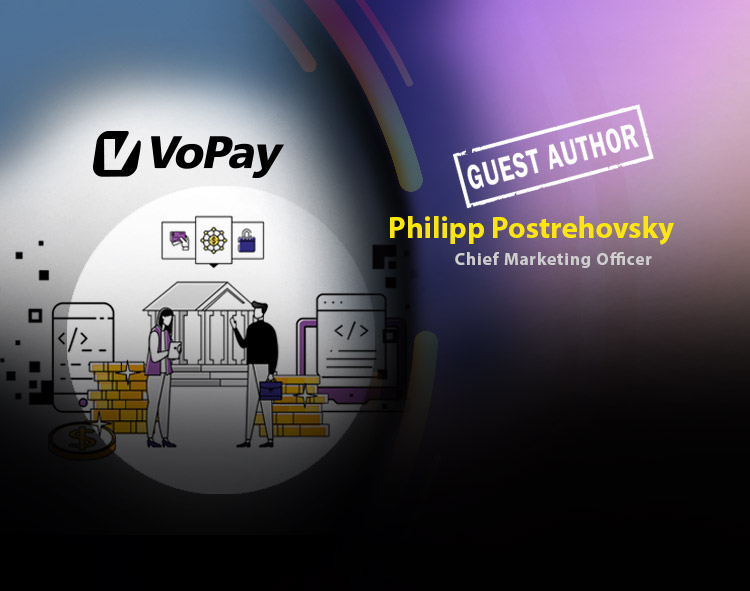With the dawn of a new decade comes innovations, connectivity, speed, ease, and security in banking like never before. It is an exciting time to be in digital banking to say the least. Payments can be made in an instant by merely saying the words aloud, tapping our phones or even driving, it has never been so easy to send money. The future of digital banking shifting every day towards a more invisible, open, and highly connected industry, we are seeing trends emerging that are greatly impacting businesses and financial institutions alike.
Read More: Are Banks Going to Win on Open Banking?
Here are the top five trends in digital banking for 2020 and beyond. Perhaps most interestingly, yet unsurprisingly, is how connected they are.
1. Invisible banking and payments
The number of internet-connected devices is expected to triple by 2025 and the payments industry is no exception to this. Invisible banking is just as it sounds: banking behind the scenes that takes place automatically or with a simple tap or even drive by. It’s banking that we don’t have to think about, explains Penny Crosman’s in the American Banker article, The Rise of the Invisible Bank.
Invisible banking—and invisible payments, for that matter—happen everywhere, all around us, and at any time. Every device can accept and transfer payments, pay bills, save money, or invest it. When we tap our mobile phones to pay for transportation, coffee, or gas we are experiencing invisible banking. It takes place with voice banking when we tell Alexa or Siri to pay a bill or transfer money. Invisible banking connects to our mobiles, wearables, laptops, POS applications, cars, and other Internet of Things (IoT) products.
Invisible banking—and invisible payments, for that matter—happen everywhere, all around us, and at any time. Every device can accept and transfer payments, pay bills, save money, or invest it. We can now pay when, how, and wherever we want. This is the future.
2. Mobile payments
Analysts predicted that mobile payments would hit the $500 billion mark by 2020. This figure represents an astounding yearly growth rate of approximately 80% in five years. Due to the growing boom and consumer demand for mobile payments, innovations have changed the way in which we live, work, connect, bank and now make purchases.
Thanks to the growing adoption of fintechs globally, financial institutions and payments providers have been able to expand their service offerings for businesses and consumers alike. Revolut, for example, is a tech company that is now one of the world’s fastest-growing bank account providers. Fintech companies are leading the shift toward mobile banking—and millions of mobile users are signing up for their applications in order to solve their primary pain points when it comes to payments.
3. Open banking
It seems we cannot go a day without hearing or reading about open banking globally.
In order for invisible banking, invisible and mobile payments, and innovation in the digital banking sector to continue to boom, we need open banking. Open banking is the sharing of customers’ financial data with their consent, between banks and innovators, such as VoPay and other fintech companies. Collaboration for a greater purpose, if you will.
Read More: Trapped in the past? Moving Banking beyond the Prison Paradigm
4. Financial wellness
The digital transformation of banking and payments will be powered by both banks and fintech companies working alongside to provide the best services to customers. Financial data ownership and control has been in question for years and will continue to pose challenges across the payments space. Banks own the data that fintechs require to innovate, and fintechs hold the innovation needed for future proofing their business. With this in mind, we’re seeing more countries begin to consider open banking regulations and industry players entering into equally advantageous partnerships in order to further their service offerings.
The challenge with banking today is that because it happens without much thought (not unlike breathing, according to ING’s CIO, Benoit Legrand), users will have to take extra care to keep track of their money and spending. ’ Essentially, financial apps have made it too easy to spend money.
Alan McIntyre of Accenture explained that “the U.S. banking industry still has tens of billions of dollars of insufficient-funds fees and we’re getting to a point where technology should save customers from that.” However, fintech companies like VoPay aim to put an end to this: digital payments can be secure and easy for consumers, without the non-sufficient fund fees and risk for merchants.
5. Security, service, and AI
Regardless of how, where, and when consumers and merchants choose to bank, they will always demand superior security and service. When it comes to digital banking, security is of the utmost importance.
It is essential for fintech companies and banks to continue to innovate security solutions and be transparent about data use. As open banking regulations come into play, consumers will own and control their personal financial data. Giving up this data control does not loosen the implied and expected security that consumers need from their banks, third-party fintechs, merchants, and other service providers. The coming years will see new developments in payment security and authentication, especially via AI and Machine Learning.
The payments industry, which is often traditionally slow to innovate, is seeing a shift in its culture. This year and in many to come, we will see drastic changes to how businesses process money and how consumers spend especially with growing demands for efficiency, speed, accessibility and innovation. While the future of banking and payments is somewhat unknown, it will without question bring a new era of digital banking to the mainstream market.
Read More: Three Ways AI Enables Personalized and Engaging Customer Experiences in Financial Services

1 comment
Comments are closed.